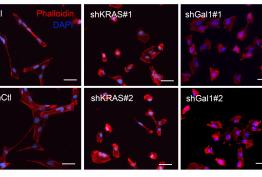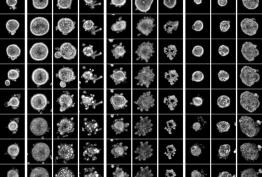IIBB researchers from the Mitochondrial Regulation of Cell Death group participate in an invited review published in Cells (IF:6,600) in a Special Issue “Mitochondria in Liver Pathobiology”.
Alcoholic steatohepatitis (ASH) and non-alcoholic steatohepatitis (NASH) are two of the most prevalent forms of chronic liver disease, are associated with significant risk of further progression to cirrhosis and hepatocellular carcinoma (HCC), the most common type of liver cancer, and a major cause of cancer-related mortality. Despite extensive research and progress in recent decades to elucidate the mechanisms of ASH and NASH development, the pathogenesis of both diseases is still poorly understood. In the present review, the authors provide an overview of the role of mitochondrial dysfunction and NLRP3 activation in ASH and NASH.
Ethanol consumption and diets enriched in fatty acids and cholesterol can damage the intestinal barrier and promote the activation of the NLRP3 inflammasome in liver cells. The NLRP3 inflammasome is a multiprotein complex that activates caspase-1 and the release of proinflammatory cytokines (IL-1β, IL-18) that promote hepatocellular death, the attraction and activation of Kupffer cells and hepatic stellate cells, which in turn trigger inflammation and fibrosis. The metabolism of ethanol and fatty acids in hepatocytes induces an increase of reactive oxygen species (ROS) in the mitochondria, which activate the inflammasome. Therefore, the study of the interplay between the mitochondria and the inflammasome in the progression of liver diseases needs to be further investigated.
Paper published:
Cells 2022, 11(9), 1475; https://doi.org/10.3390/cells11091475 - 27 Apr 2022







